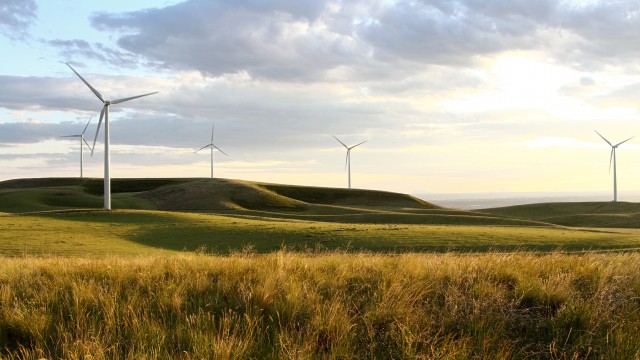Wrestling the octopus: 5 top tips for assessing renewables life extension
Published December 2017
It’s not unusual to fret over longevity. After all, along with taxes, our mortality is perhaps the only certainty in this ever changing world. Some of us go to extraordinary lengths to stave it off. My smartphone is littered with fitness and diet apps – who knows whether they will have any impact on when the grim reaper will come knocking.
Our clients are also starting to take life span a lot more seriously. Be they investors looking to acquire an asset on the basis of an extended life or an asset owner trying to figure out the best strategy for an aging fleet, end of life decision-making for renewables is becoming a hot topic. But what are the real drivers for life extension decisions?
Ask an engineer and they’ll tell you it’s all about asset integrity and fatigue life.
Ask a lawyer and they’ll tell you it’s all about permits and lease agreements.
Ask a certification agency and they’ll tell you it’s all about codes and standards (yawn).
Actually, all of these responses are valid in their own right. Everyone has part of the answer. But relying on any single perspective could lead to poor outcomes. Why? Because life extension is a multi-disciplinary problem which requires a multi-disciplinary solution.
But where to start? It can feel like wrestling an octopus with so many factors, options and perspectives to consider. Here are our 5 top tips for structuring the process:
1. Define your options: This is not as easy as it sounds. There are plenty of different “flavours” of life extension, from simple asset sweating through to overhaul, upgrade and repowering options which require some investment. Don’t worry about assessing them at this stage, just get ‘em all on the table. But be precise on what each option actually means.
2. Sweep for feasibility: Using the available data on the project, do a first pass feasibility check for each of your options. But to avoid a blinkered approach, don’t ask just one discipline-expert to do it all – multiple perspectives are required. The criteria we use at this stage are: permits, grid, offtake (PPA), supply chain, asset integrity and land rights. A simple “traffic light” assessment will do just fine. This process will also flush out any knowledge gaps to address.
3. Dive deeper: Having ruled out a number of options it is time for more detailed investigation to flesh out the options and fill those knowledge gaps. A good approach can be to collar the site manager or key members of the ops teams. Lock them in a room for a few hours. They won’t mind, most of them love talking about their assets. This process should kill off a few more options as well as allowing for sub-options to be “branched” as you get stuck into the devilish detail.
4. Crunch the numbers: Time to start counting beans. We deliberately delay the economics until this stage to avoid wasted modelling effort on non-feasible options. The key here is to select the right metric for the context. For an acquisition, IRR could be the right way to go. For a mature, depreciated asset, an owner will be better served looking at short-run EBIT. Whichever metric you select, ensure you run some sensitivities to key externalities, such as future power pricing.
5. Implement, monitor and trigger: So, you’ve ranked your options and built the business case for your preferred route. Time to develop an implementation plan, allocate budgets and responsibilities. Our experience has shown that corporate management systems may need tweaking at this point – the process can even provoke something of an organisational re-think. Perhaps the most important thing at this stage is to identify some KPIs to monitor as well as trigger points for key decisions. This helps to deal with ongoing uncertainty on key drivers, most notably; plant reliability and power prices. In this way your plan becomes dynamic and futureproof. For example, a regular EBIT review could be established to identify trends which would make the asset un-profitable within say 18 months. This could trigger procurement for decommissioning and accelerate the parallel development work needed to get a repowering scheme in place at the right time.
As my colleagues will attest, I love a good flow chart, so here’s a summary of what this process looks like for a wind asset. We call it LEAF (Life Extension Assessment Framework).
If only human life extension were this easy. It almost deserves a smartphone app….







